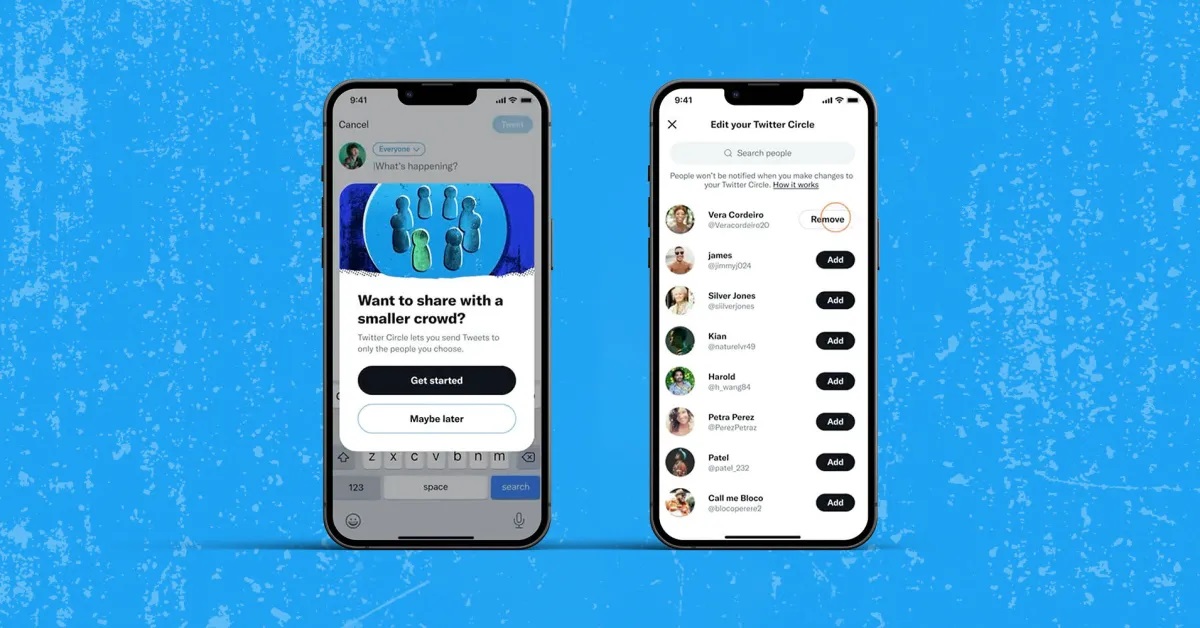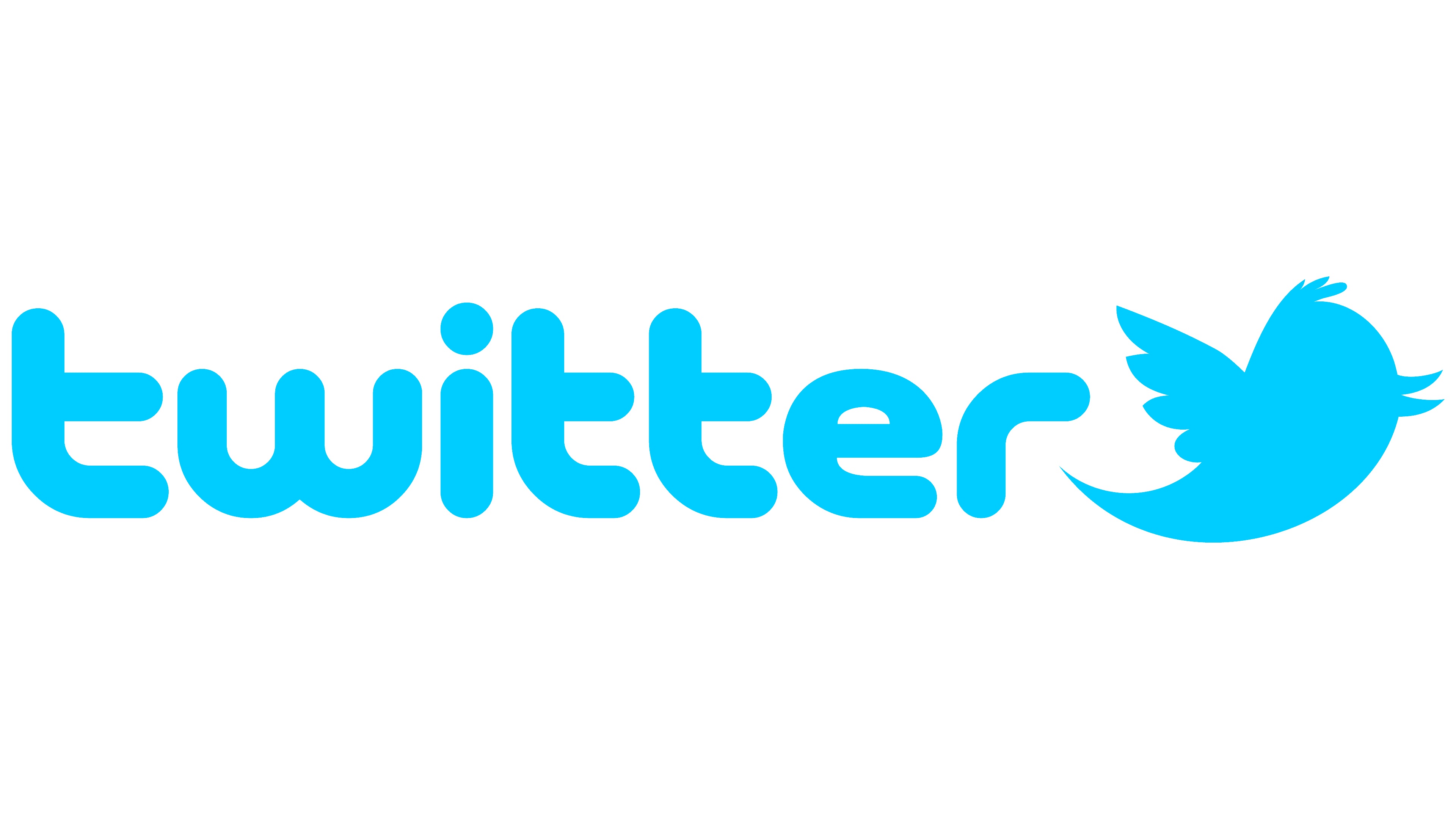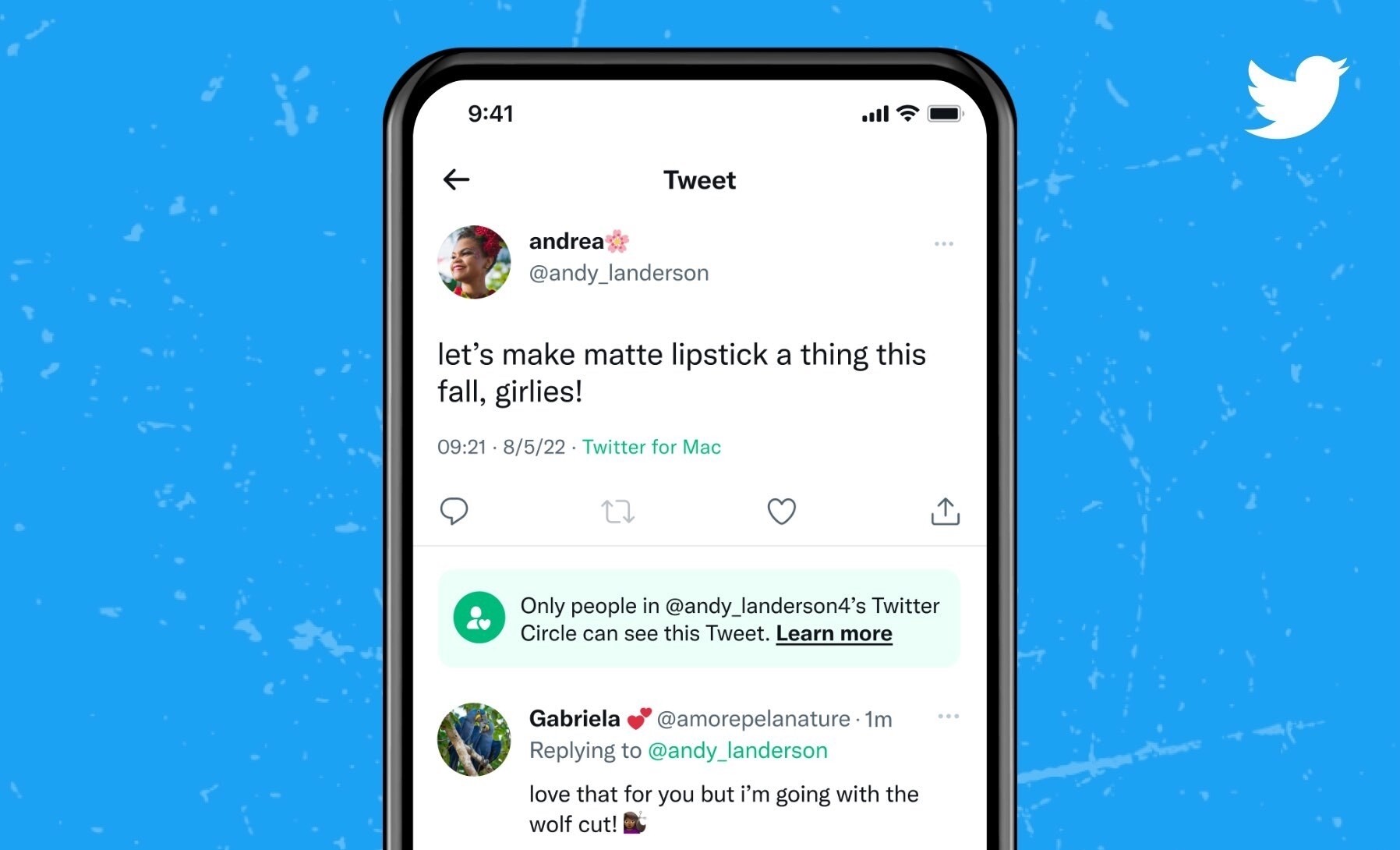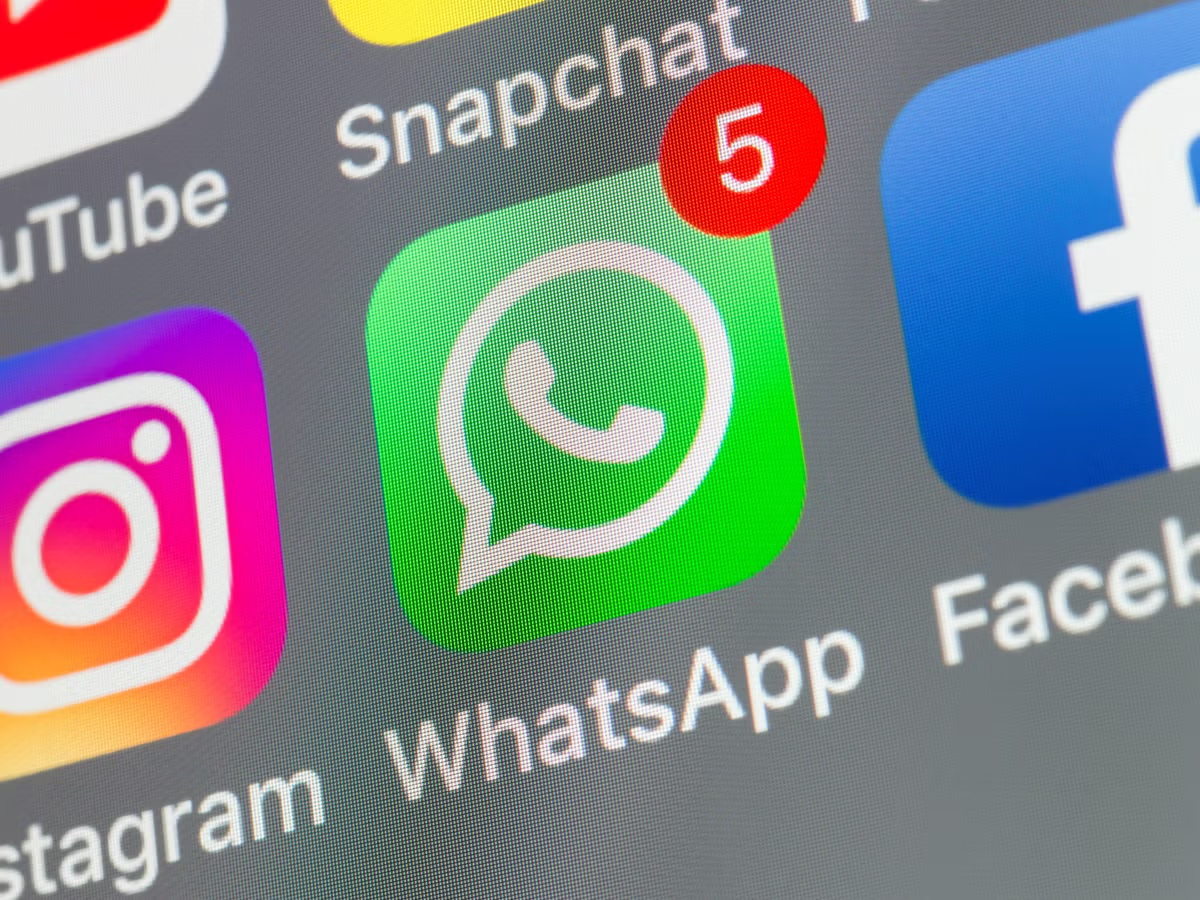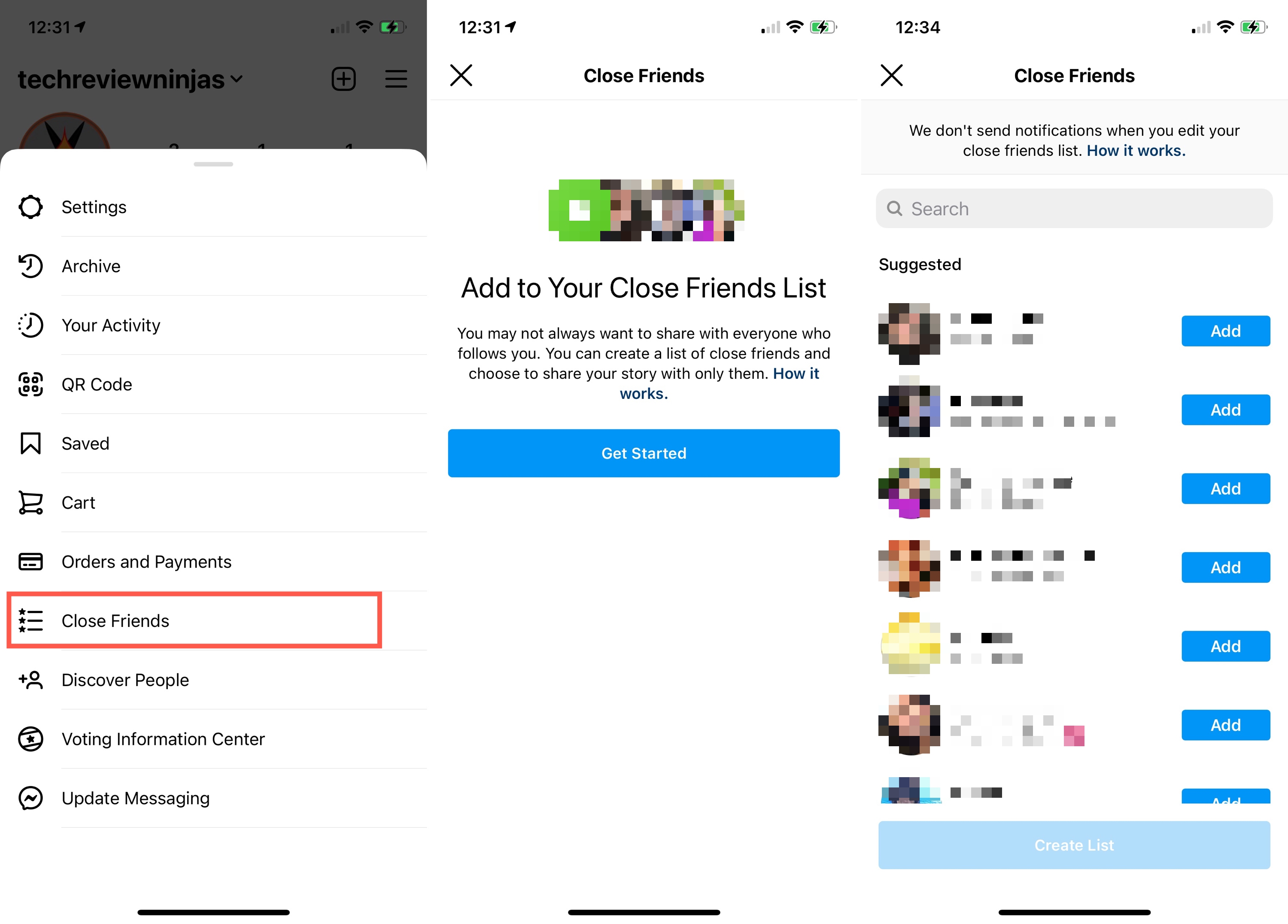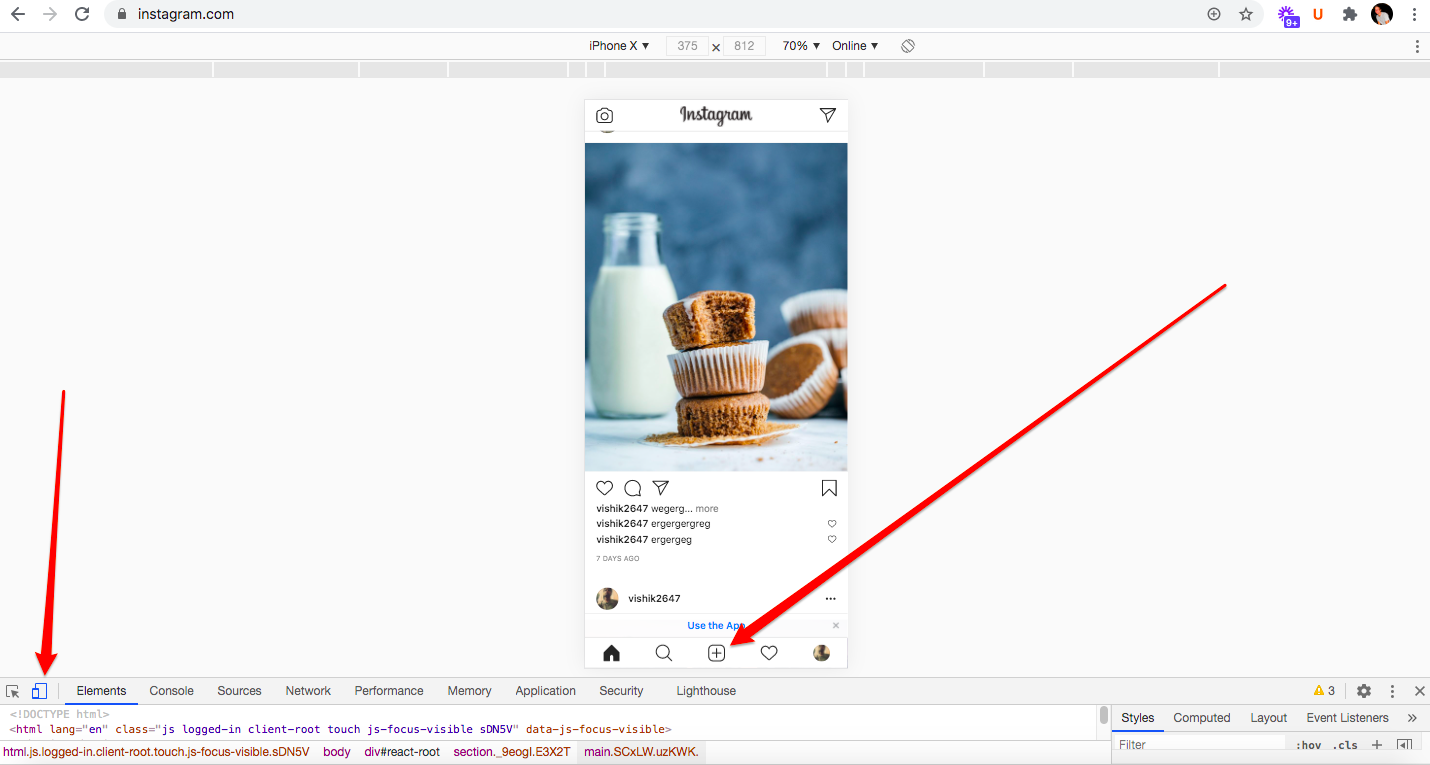Twitter Circles, the beloved feature of the once-dominant social media platform, has met its demise, leaving a void that cannot be filled by Instagram Close Friends. The departure of Circles, a product hailed as one of Twitter’s finest since the advent of the Quote Tweet, has triggered a wave of mourning among young millennials who have become accustomed to its unique capabilities.
Key Takeaway
The discontinuation of Twitter Circles has left a gap in the social media landscape, as Instagram Close Friends fails to capture the same essence. Users yearn for a platform where they can share intimate thoughts with a trusted audience, without the risk of exposure to the wider world. Alternative apps and platforms have attempted to fill this void, but they have faltered in meeting the unique needs and desires of social media users. As the digital landscape evolves, the search for a space to share genuinely and authentically continues.
Longing for a Space to Share Authentically
From the era of LiveJournal to Myspace bulletins, internet users have yearned for a space where they could freely express their innermost thoughts to a trusted audience. These personal diaries, later translated into “finstas” and “alt accounts,” allowed individuals to establish a sense of passive intimacy with their friends. They yearned for a platform where they could convey their true emotions without feeling burdensome or intrusive.
Imagine receiving a lengthy text from a friend delving into their therapist’s advice on reevaluating shame as an emotion. While the intention is genuine, such messages can quickly become overwhelming, particularly if they flood your inbox on a regular basis. However, for those of us who have grown up in the digital age, simply writing in a private diary is no longer sufficient. We crave an audience. As a famous meme derived from a New York Times essay suggests, “If we desire to be loved, we must embrace the mortifying ordeal of being known.”
Avoiding the Perils of Social Media Oversharing
Undeniably, fostering meaningful relationships with loved ones should entail healthy and reciprocal discussions about emotions. Nonetheless, there are instances when a genuine conversation is unnecessary; instead, a few sentences shared with the online ether can suffice. However, the current digital landscape has become a treacherous minefield where posts can be taken out of context and go viral within minutes, thrusting unwitting individuals into the spotlight. Nobody desires to become the next infamous figure, subject to public scrutiny or ridicule.
Social media users now find themselves without spaces to share candid thoughts and updates with the people they trust. Complaints about jobs or dating woes may risk being discovered by employers or ex-partners, hindering the pursuit of genuine self-expression. People crave the ability to control who knows which details about their lives, without the entire world being privy to every aspect. Until the introduction of Instagram Close Friends stories in 2018, individuals resorted to creating “alt Twitters” or “finstas” to fulfill their desire to be known by a select audience.
The Rise of Instagram Close Friends and Its Limitations
The success of Instagram Close Friends stemmed from its ability to eliminate the awkwardness associated with requesting people to follow a secondary account. Navigating the boundaries of publicizing a private account or defeating the purpose of having one altogether became dilemmas of the past. Close Friends and Circles provided a seamless solution; users could simply add the people they wished to include in their exclusive circle.
A notable distinction between Close Friends stories and Instagram posts is the former’s more diary-like nature. Instagram stories typically demand a photo, often featuring the user, which expires after 24 hours. This aspect adds a unique flavor to Close Friends stories and “finstas,” deviating from the highly curated, influencer-focused content prevalent on Instagram. However, for some, seamlessly transitioning between a professional Instagram and a Close Friends story proves challenging. Attempting to merge extensive written reflections with a mediocre selfie often appears incongruous.
The Failure of Alternative Platforms
In response to the void left by Twitter Circles, several alternative platforms have emerged, aiming to foster a more authentic space for a smaller, immediate circle of friends. One such app, BeReal, strives to encourage users to share genuine moments with the few they trust. Unfortunately, BeReal falls short of satisfying this need. The app’s primary function prompts users to post a daily photo within a specific two-minute window. While it offers a refreshing departure from the norm, the limited captions fail to accommodate extensive personal reflections.
Two years ago, another app, Squad, embarked on the mission of filling this void. It allowed users to form groups of up to 12 friends, known as “squads,” where they could exchange voice message updates throughout the day. Yet, regardless of a product’s appeal, startups often struggle to overcome the existing hesitancy surrounding app downloads, unless they possess the allure of BeReal, which is gradually losing popularity. Moreover, startups are reluctant to invest in compelling social products due to the high likelihood of being swiftly replicated by Meta or TikTok.
What Lies Ahead
So, where does this leave us? Shall we resort to sharing our deepest confessions on LinkedIn in an ironic postmodern fashion? Should we rekindle our relationship with Tumblr, a platform known for unveiling secrets to thousands of strangers rather than close, real-life friends? Or must we learn to resist the urge to bare our souls in online forums? Regrettably, we have traveled too far along this path to revert to such restraint.







